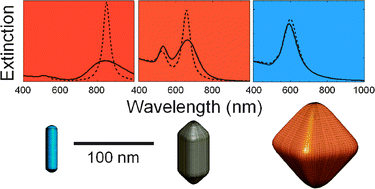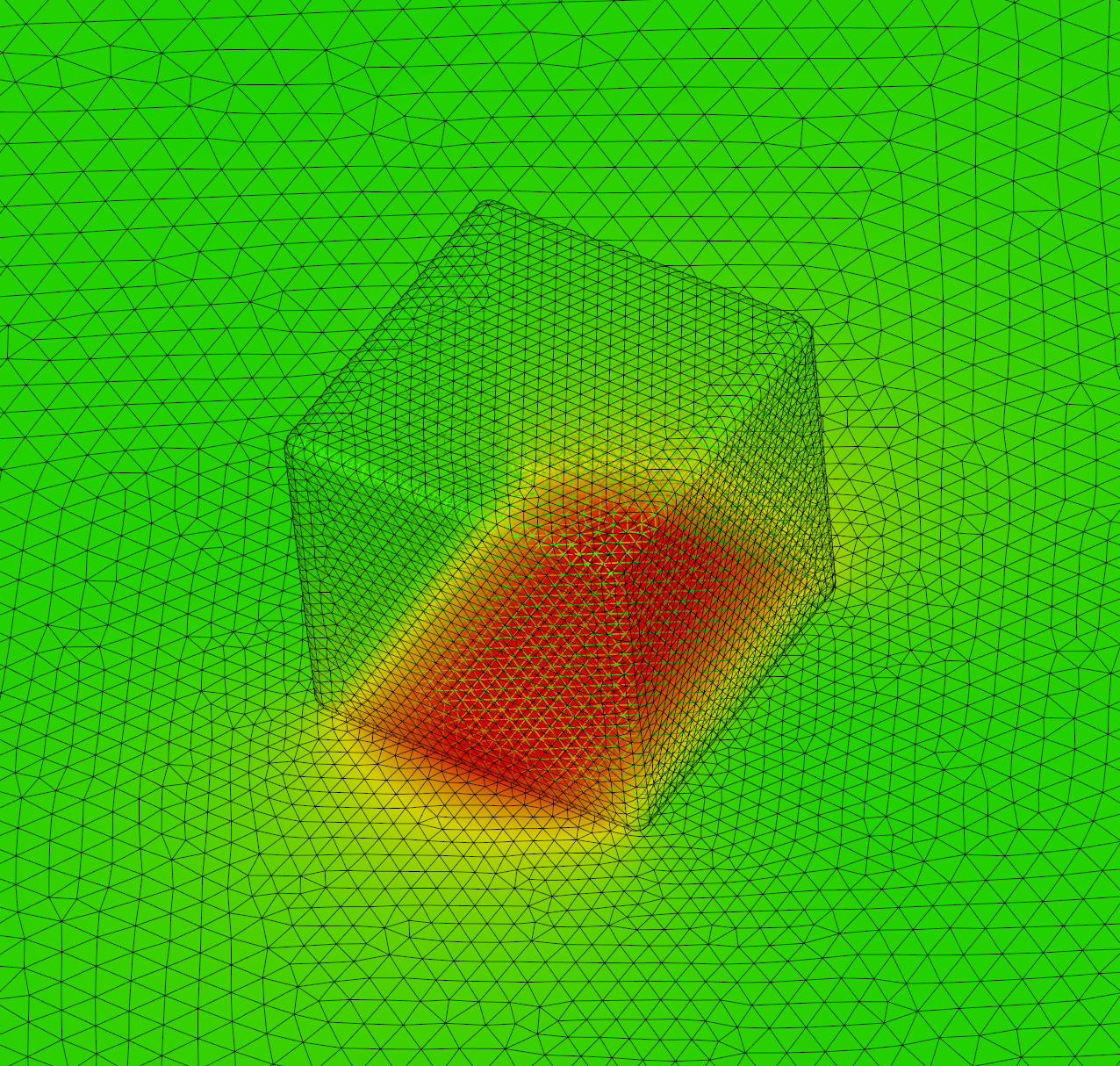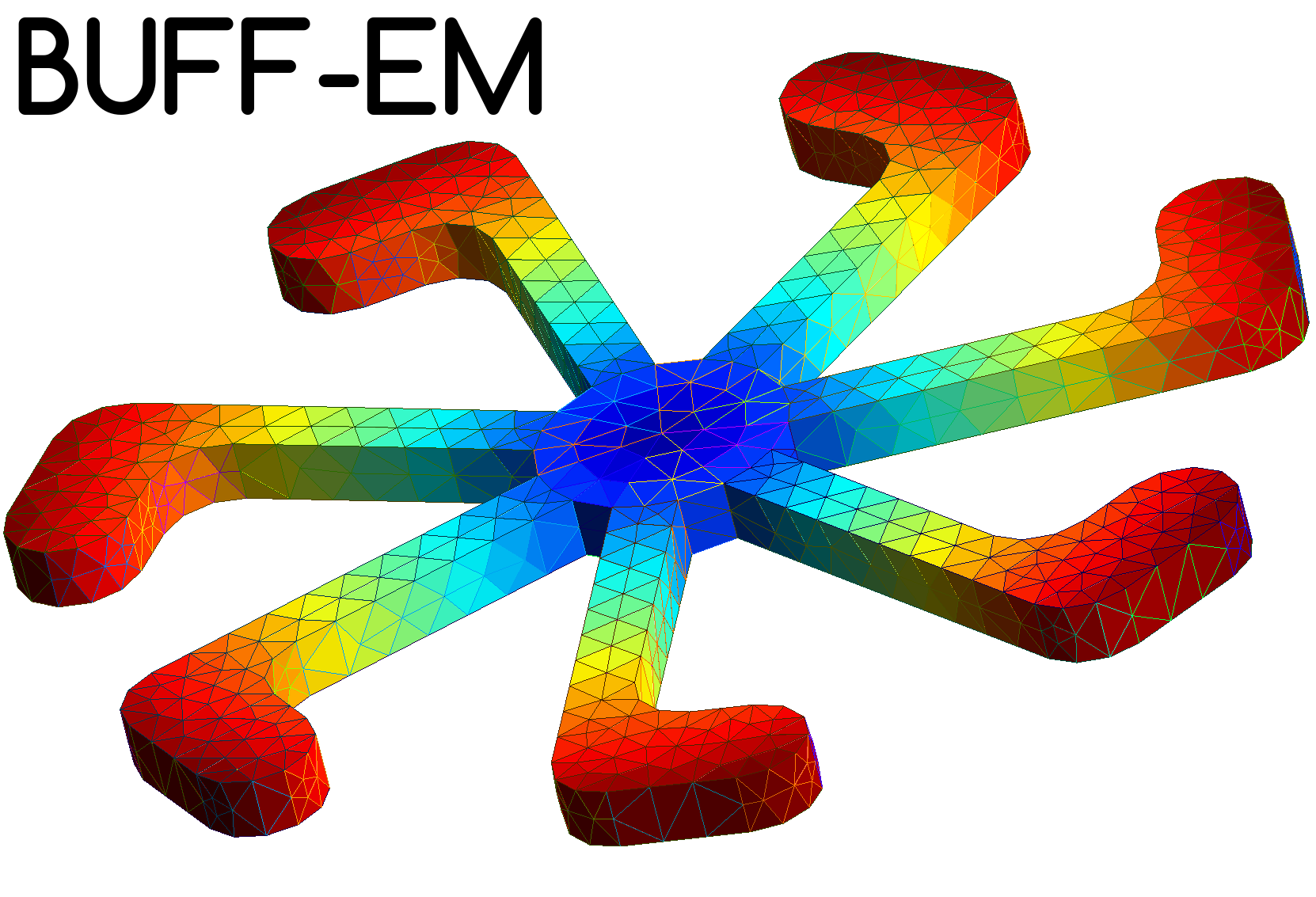|
|
 |
WulffDDSCAT
Wulff-Based Approach to Modeling the Plasmonic Response of Single Crystal, Twinned, and Core–Shell Nanoparticles. A standalone user-friendly graphical user interface (GUI) that uses both kinetic and thermodynamic Wulff constructions to generate a dipole array for complex shapes, as well as the necessary input files for DDSCAT-based numerical approaches.

nanoDDSCAT+ combines the Discrete Dipole Scattering (DDSCAT) tool with the DDAConvert tool for a single workflow for custom shapes.

Diogenes, A DG-based software suite for nano-optics
Diogenes is a software suite designed for the resolution of nano-optics problems. It exploits the Discontineous Galerkin (DG) method.

T-DDA (thermal discrete-dipole approximation)
The T-DDA calculates the steady-state temperature distribution within and surrounding an externally-illuminated target immersed in a homogeneous background medium.
nanoDDSCAT+ combines the Discrete Dipole Scattering (DDSCAT) tool with the DDAConvert tool for a single workflow for custom shapes.

DDSCAT online tool by Nahil A. Sobh to Calculate scattering and absorption of electromagnetic waves by targets with arbitrary geometries and complex refractive index.

nanoDDSCAT calculate scattering and absorption of light by targets with arbitrary geometries and complex refractive index.

Discrete Dipole Scattering C++ code (DDscat.C++) by Vasyl Choliy is a C++ version of the Fortran code DDSCAT for calculating scattering and absorption of light by irregular particles and periodic arrangement of irregular particles.
BUFF-EM is based on the volume-integral technique and can can handle objects with anisotropic and/or continuously spatially varying dielectric permittivity.

Discrete Dipole approximation for Electron Energy Loss Spectroscopy
DDEELS, a Fortran code for simulating Electron Energy (low) Loss Spectroscopy (EELS) performed on irregular particles, has been developed by Nicolas GEUQUET and Luc HENRARD. It is based on the Discrete Dipole Approximation (DDA). The current version is DDEELS1.07alpha.
|
|
 |
|